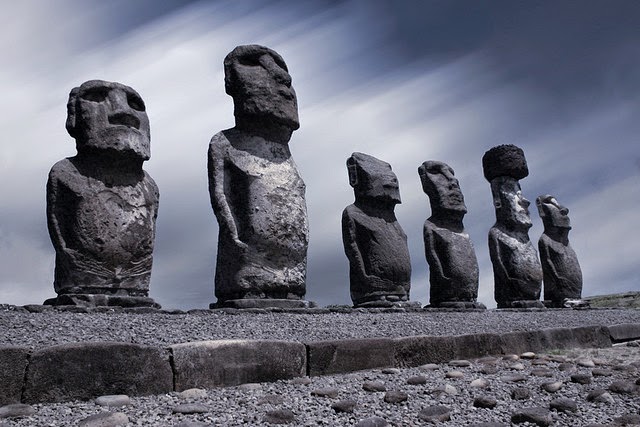A talk by Larry Tesler and Chris Espinosa [1h:13′] delivered in 1997:
Tag: video
HAWK Interview 2016 mit @mprove
Ich sag’ mal so_
Mit bestem Dank an Stefan Wölwer und die Crew an der HAWK Hildesheim.
Das Interview wurde nach meinem Vortrag Gesellschaft und Informatik– Vom Verstand zum Algorithmus (und zurück) am 8.6.16 aufgezeichnet und ist Bonus der Hildesheimer Trilogie zur Algorithmischen Philosophie.
Stop Drawing Dead Fish
a talk by Bret Victor
John Neumeier’s Kyoto Prize Lecture
A choreographer designs and paints with human beings in time and space. – John Neumeier
The talk is divided into a biographical/career first part and into a ballet/philosophical second part. The latter starts at about minute 35.
W.J.T. Mitchell: What do Pictures Want?
W.J.T. Mitchell was invited speaker at the Warburg Conference in London. Until the webcast becomes available, you (and I) can watch other videos_
2012:
- From Dolly to 9/11. From cloning DNA to the multiplied digital images of the terror attack on the World Trade Center in New York City
- image and counter-image
- image vs. picture
- iconic images – lying with images
2006:
Anne Helmreich interviews W.J.T. Mitchell exploring the logic that connects cloning and terrorism as the twin phobias of our historical epoch.
2013:
“What do Pictures Want?” – lecture by William J. Thomas Mitchell
cf. “Crazy Talk: What is Mental Illness?” by Gabriel Mitchell, W.J.T. Mitchell’s son, referenced at Minute 6.
2011:
W.J.T Mitchell on Christo’s Gates in NY Central Park /2011
- …visualizing the ghosts of Central Park
Isn’t it Ironic 2.0?
copy – transform – combine
Everything is a Remix Remastered (2015 HD) from Kirby Ferguson /recommended by Sven Klomp
…which reminds me on Ted Nelson’s quote “Everything is deeply intertwingled” – and Lawrence Lessig’s keynote address: The Internet’s Coming Silent Spring at USENIX 2002 [45min podcast] – “The Mouse is not allowed”, at 8’53”.
Update: Lawrence Lessig is about to speak in Hamburg on 24-Aug-2016: ‘How democracy gets defeated’ – 18 photos
Ed Snowden at TED
_interviewed by Chris Anderson and accompanied by Sir Tim Berners-Lee /source
Ivan Sutherland on Research and Fun
The Computer History Museum had invited Ivan Sutherland to talk about Research and Fun for an evening in 2005. I was electrified to listen to his words when the recording was first published on research.sun.com – you know, we both worked at Sun those days. I even did a partial transcript of a key section where he offers the essence of what it takes being a good researcher, excerpt of the excerpt:
…if you would be a researcher it seams to me that you’d best search your soul first to find out what it is you like to do. … what ever it is make sure that you pick something to work on that you like, that you think is fun. Because if it isn’t fun you aren’t going to be very good at it. [more]
When Sun went down – this video went away. How odd that a museum depends on the fortune of a single company to preserve its assets. Hence this video was off-line for a couple of years until I offered to upload my backup version earlier this year. The Computer History Museum rejected my idea, but assured me to upload the video to the official CHM channel on YouTube. So thanks a lot to Sara Lott for republishing the talk!
Odysseys in Technology: Research and Fun, lecture by Ivan Sutherland on YouTube
Have fun! (And drop me a line when YouTube is switched off)
Easter Island Rock’n’Roll

Storytelling is quite en vogue. In fact telling stories is part of the human nature. Things get weird if the story is more convincing than the truth. Word of mouth spreads like wild fire to turn into facts? Is it called urban legends? Viral marketing?
For instance, do you know what happened on Easter Island? Do you know why all the trees are chopped, almost all insular are dead, and many of the famous moai statures are overthrown? These are the ingredients to make up a convincing story of a collapsing culture. Furthermore, it is warning for human kind to be careful with the limited resources on our planet.
For every complex problem, there is a solution that is simple, neat, and wrong. – Henry Louis Mencken
Science can help to discover the truth once conducted with an honest and open minded attitude. Therefore I was impressed by listening to a talk by Terry Hunt and Carl Lipo at the LongNow Seminars. There exists an alternative explanation for toppled statures. And most impressive and surprising, Hunt and Lipo offer a solution how to move a moai with a weight of several tons across the island. Let’s rock’n’roll!
A shorter version of the talk has been recorded by the National Geographic – check minute 16 to see a moai dancing:
Is there another lesson in this story than potential collapse of civilizations? For me it’s this: Stay alert. Look for the facts. And keep history separated from its interpretation.
Enjoy Easter!
// top photo cc by Olivier iko